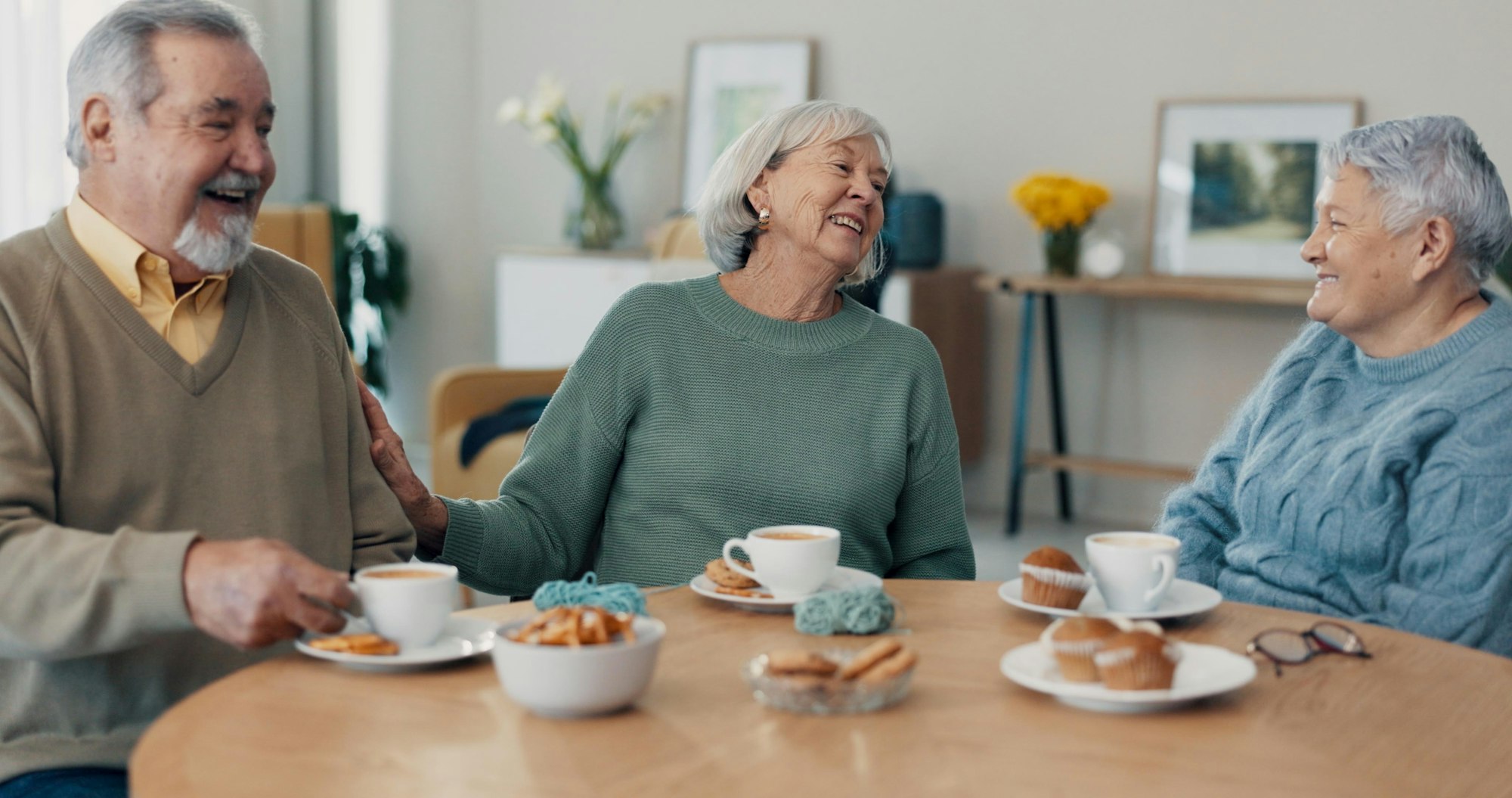With inflation in the United States reaching a 40-year high in 2022, its impacts are being felt across sectors. For real estate investors, rapidly rising property prices and borrowing costs present new variables to weigh. Healthcare real estate specifically faces unique challenges as inflation drives up development expenses and squeezes provider margins.
However, demographic trends continue to fuel demand for medical facilities and services. By taking a strategic approach, opportunities remain for healthcare real estate investment in the inflationary climate.
Impact of Inflation on Healthcare Real Estate Pricing
Inflation drives up key costs associated with real estate, increasing prices for properties. Inflated construction expenses are bumping up development costs in healthcare real estate, including medical office buildings, hospitals, clinics, and specialized facilities. Items like building materials, labor, and financing have rapidly increased in price. This creates a challenge for investors and providers aiming to take on new projects or expand facilities.
In addition, inflated property prices affect acquisitions across healthcare real estate sectors. Asset prices for standing medical properties are seeing significant gains, driven by high construction costs and rising competition among investors. At the same time, higher interest rates instituted to curb inflation also impact prices. With financing more expensive, investors lose purchasing power and leverage potential. This combination of factors results in inflated pricing across healthcare real estate, lowering expected returns on investment.
Effects on Leases and Tenant Demand
Inflation also impacts healthcare real estate through leases and tenant relationships. As margins are squeezed by rising expenses, medical providers may seek shorter lease terms to retain flexibility in the inflated environment. Landlords must delicately balance offering flexibility to retain tenants while also protecting their own income streams.
Implementing inflation escalation clauses tied to CPI into new leases can provide a hedge for landlords. This allows them to raise rents incrementally based on inflation metrics. However, providers may push back on open-ended escalators if their revenue is not keeping pace.
Dampened expansion plans from healthcare providers also trickle down to real estate investor demand. Uncertainty around profitability may limit growth, decreasing tenant demand for new clinical space. However, sectors like outpatient facilities, ambulatory surgery centers, urgent care clinics, and medical office space continue seeing solid fundamentals. These delivery models remain attractive as patients desire more convenient and lower-cost options.
Strategies to Preserve ROI
During inflationary periods, healthcare real estate investors must take proactive measures to preserve returns on investment. These may include:
- Targeting markets with strong demographic fundamentals. Despite broader economic challenges, areas with growing populations and increasing insurance coverage can sustain volume and tenant demand.
- Working collaboratively with existing tenants on renewals and inflation escalations. While escalation clauses are warranted, focusing on long-term tenant retention through reasonable renewals helps maintain stable occupancy rates.
- Acquiring newer Class A facilities, which tend to have technological advantages and stable cash flows that can withstand inflationary pressure. This provides a hedge compared to older properties with declining fundamentals.
- To secure income streams, consider longer-term leases of 10+ years with established health systems and hospitals. These large tenants with investment-grade credit can shoulder inflationary pressures.
- Factoring higher capital expenditure budgets for maintenance and improvements. As construction costs rise, more expenditures for upkeep and renovation may be required to retain asset value.
- Exploring diversification into other property types like industrial, multifamily, and office as a way to balance the portfolio. Spreading across sectors provides broader exposure to benefit from rising property values stemming from inflation.
Inflation introduces complex variables healthcare real estate investors must navigate. But demographic trends continue fueling demand for healthcare services and facilities. With inflationary periods historically being temporary phenomena, there are strategies investors can leverage to manage through present challenges while still capitalizing on long-term growth trends.
By taking an adaptive and nuanced approach to pricing, tenants, acquisitions, and property management, attractive opportunities exist to selectively invest in healthcare real estate even in the current inflationary climate. While risks are elevated, healthcare real estate remains viable for diversified portfolios.






